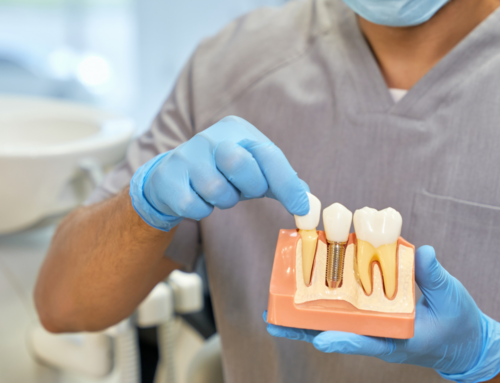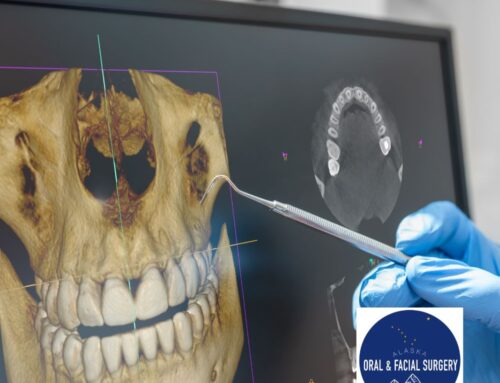
Exploring the World of Bone Grafting for Dental Health
Bone grafting is a common procedure in dentistry that is used to restore bone in the jaw that has been lost due to gum disease, trauma, or other issues. In this blog post, we will explore the world of bone grafting, including why it’s done, how it’s performed, and what to expect during recovery.
What is Bone Grafting?
Bone grafting is a surgical procedure that involves taking bone from one part of the body (or using a synthetic material) and transplanting it to another part of the body, such as the jawbone. In dentistry, bone grafting is often used to prepare the jawbone for dental implants or to restore bone that has been lost due to gum disease.
Why is Bone Grafting Done?
Bone grafting is done for several reasons, including:
- To Support Dental Implants: Bone grafting may be necessary to ensure there is enough bone in the jaw to support a dental implant.
- To Preserve Facial Structure: Bone loss in the jaw can lead to a sunken appearance in the face. Bone grafting can help preserve facial structure and prevent this.
- To Treat Gum Disease: In some cases of advanced gum disease, bone grafting may be necessary to restore the bone that has been lost around the teeth.
Types of Bone Grafts
Several types of bone grafts may be used in dental procedures, including:
- Autografts: Bone taken from one part of the patient’s body and transplanted to another part (e.g., from the hip to the jaw).
- Allografts: Bone taken from a donor and used to replace missing bone in the patient’s jaw.
- Xenografts: Bone taken from an animal (usually a cow) and used as a bone substitute in the patient’s jaw.
- Synthetic Grafts: Man-made materials that mimic the properties of natural bone and are used to stimulate bone growth.
The Bone Grafting Procedure
The bone grafting procedure is typically performed under local anesthesia and may involve the following steps:
- Preparing the Site: The area where the bone graft will be placed is prepared by removing any damaged or diseased tissue.
- Placing the Graft: The graft material is placed in the prepared site and secured in place with sutures or screws.
- Healing and Integration: Over time, the graft material will integrate with the existing bone, stimulating new bone growth.
Recovery and Aftercare
After a bone grafting procedure, it’s important to follow your dentist’s instructions for care, which may include:
- Pain Management: Over-the-counter pain medication may be recommended to manage any discomfort.
- Dietary Restrictions: You may be advised to stick to a soft food diet for a period of time to allow for healing.
- Follow-up Appointments: Follow-up appointments with your dentist or oral surgeon will be necessary to monitor the healing process and ensure the graft is successful.
Think you may be a candidate for bone grafting?
Bone grafting is a valuable procedure in dentistry that can help restore lost bone in the jaw and improve oral health. Whether it’s to support dental implants or preserve facial structure, bone grafting plays a crucial role in maintaining a healthy smile. If you are considering a bone grafting procedure, schedule an appointment with Alaska Oral & Facial Surgery to learn more about the benefits and what to expect. With proper care and attention, bone grafting can help you achieve the smile you’ve always wanted.




